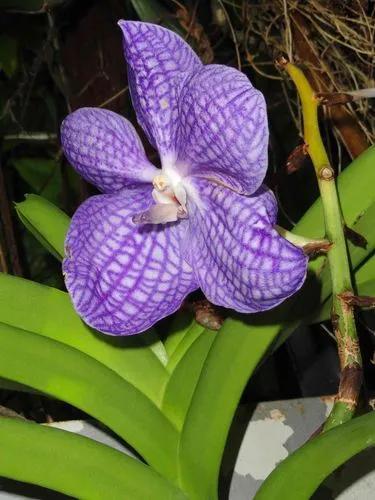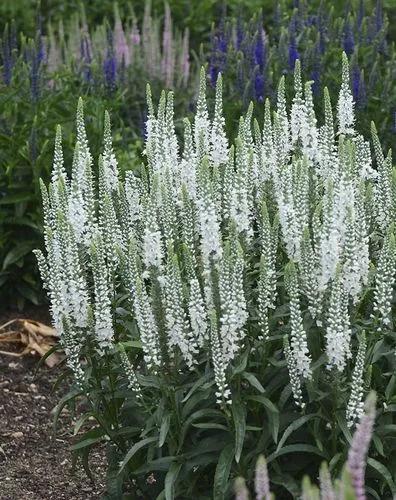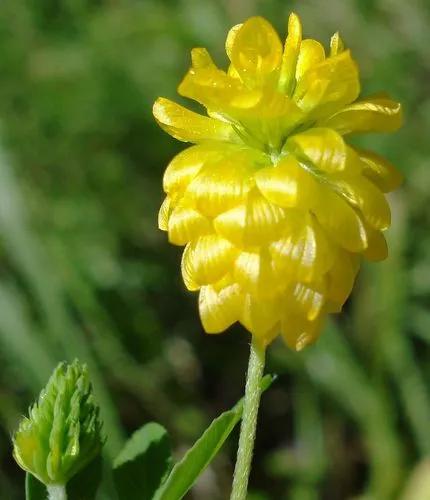Pia Tree Ivy is a hybrid plant. It is sometimes called “Curly Tree Ivy”. The leaves grow on a trunk like a tree and are very full and lush. The leaves can grow up to 8-inches wide, so growing upright like a tree makes this a perfect floor plant.
Pia Tree Ivy Care
Fatshedera Lizei



How to Care for the Plant

Water

Tree ivy likes even soil moisture, but perpetually soggy soil can cause its roots to rot. During the growing season (spring to fall), water whenever the soil has slightly dried out. Over the winter when the plant has gone dormant, reduce watering just to prevent the soil from drying out completely.

Pruning

Tree ivy can handle a light pruning at any point to shape it to your liking. And without pruning, it can start to look scraggly. To promote the bushier growth habit that many growers prefer, especially for houseplants, pinch off new growth on the stems. This will create more branching.

Fertilizer

Tree ivy is a moderate to heavy feeder. During the growing season, feed your plant with a houseplant fertilizer, following label instructions. No fertilization is necessary in the winter.

Sunlight

The best lighting for this plant is a bright indirect light. If the light is too low, the fullness of the leaves thins out and the plant looks pretty sparse.

Soil

Your plant needs rich, loamy, moist, and well-drained soil. An all-purpose potting mix would fit.

Propagation

You can propagate Tree Ivy through cuttings. Cut a stem about 6 inches (15 cm) long. Cut the leaves on the lower part of the stem, apply the rooting hormone, and stick it in a potting mix without soil. Put it in a warm place and keep it moist. You’ll notice that the roots have developed once you tug the stem and feel resistance.

Temperature

Tree ivy prefers to grow in mild temperatures between roughly 50 and 70 degrees Fahrenheit.

Container

I bought my tree ivy at Lowe's for $3.98 in a 3″ pot.

Additional

The tree ivy can grow to around 4-feet to 6-feet tall. This plant is toxic to humans and animals.
Tree ivy is a hybrid of Fatsia japonica (Japanese aralia) and Hedera helix (English ivy) and was discovered in France. From the family Araliaceae, this plant has large, 4 to 8 inch (10-20 cm.), five-fingered lobed leaves and, like other ivies, has a vine-like growth habit.

Popularity

269 people already have this plant 22 people have added this plant to their wishlists

Common pests

Spider mites, aphids, and mealybugs can cause trouble to your plant. Apply insecticidal spray/soap or neem oil to kill the pests once and for all.

Frequent diseases

There are no known diseases specific to this plant. Most problems are caused either by overwatering or underwatering.

Botanist’s tips

- You can place the pot on a tray with pebbles and water to raise the level of humidity
- Keep the plant away from pets, as it can be mildly toxic if consumed.
Discover more plants with the list below
Popular articles






